8 lessons from long-time lifestyle block owners
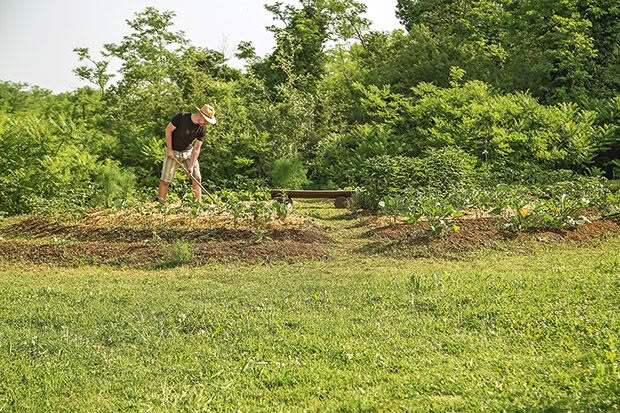
If you could give one piece of advice to block owners, what would it be? Some long-time growers share their words of wisdom.
Words: Sheryn Dean
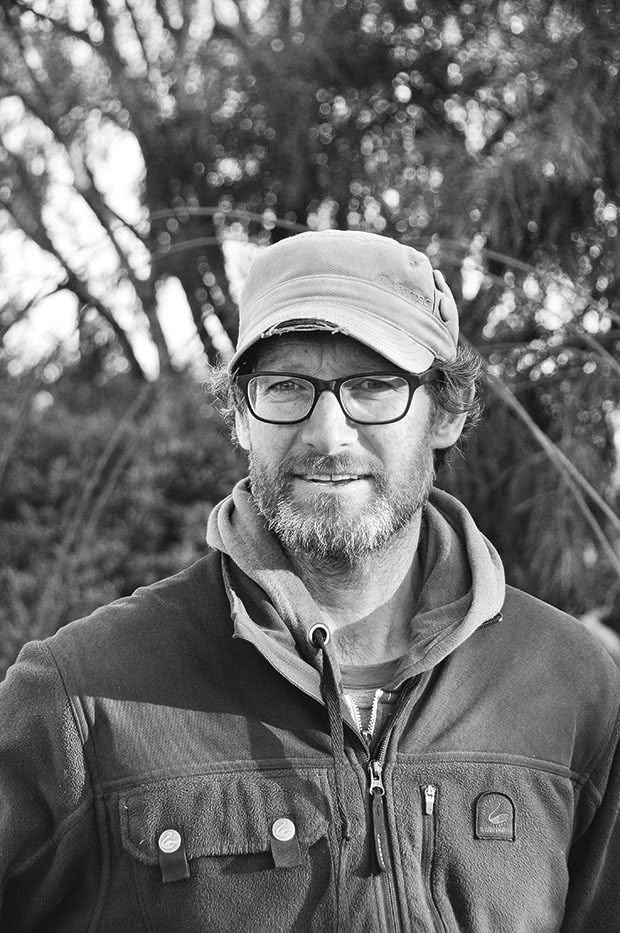
Who: Jason Ross, landscape designer
Where: Waitati, 20 minutes north of Dunedin
Why: growing food for diversity and flavour
Land: 1000m² (¼ acre) forest garden by the seaside
“Visit and/or volunteer on as many properties with similar projects to your own. Join local groups to visit properties, participate in workshops and meet other passionate gardeners.”
“Start small, but with systems that you can scale up. Make beneficial flows and relationships between the different parts of your project, rather than simply having a whole heap of disconnected structures, trees, plants and animals on a property. An example is our chicken house… the roost is next to a back door which opens to allow cleaning out directly into a deep litter yard. The other side of the house has an easy-access nest box that doubles as a garden bench and garden tool storage. The house itself forms part of the chicken enclosure, reducing fencing; it also screens the deep litter area.”
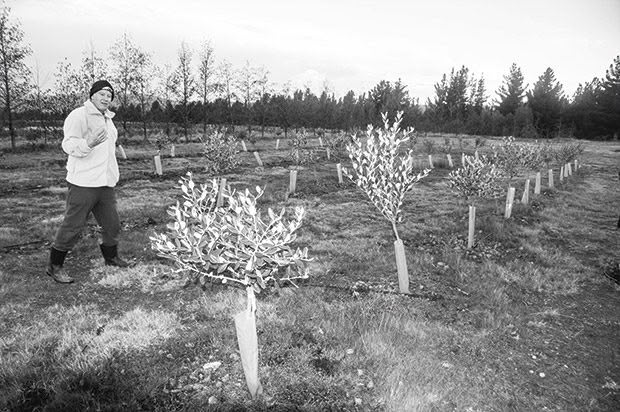
Who: Paul Dodgshun
Where: Alexandra, 90km west of Queenstown
Why: self-sufficiency and income
Land: 12ha (30 acres), landscaped and planted in a range of shelter and nut trees
“We wanted a degree of self sufficiency to give us partial insulation from inflating living costs (energy and food), while still deriving some income from the block. It also gives us an opportunity to pursue our interest in the ongoing development of new crops that may have regional and national benefits.”
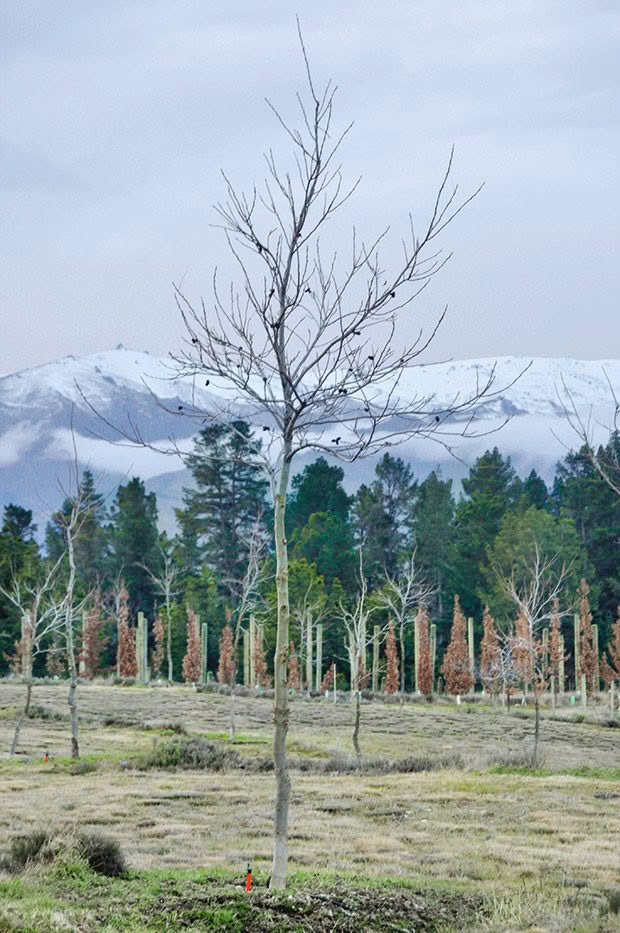
• “Conventional crops need an economy of scale to attract bank support… financial commitments may not be what you want.
• “Observe what has already been proven in your climate/soil. Be aware, changing climates mean it could be quite different next season. Even the best consultants can only give you advice based on last season’s prices. (These)could be five or more years out-of-date by the time your crop starts fruiting.
• “Adverse weather can have a big impact on crop viability. Are you prepared to suffer the loss or put in the investment needed (eg frost fighting) to mitigate this?
• “I would caution against the lure of chasing something unique unless you do your homework. This should involve doing your own trials on a small scale. Even then, be in a position of being able to afford a failure. The costs of production, of ongoing obligatory compliances with regulations such as quality assurance programs, registration, certification etc, all have to be faced in a commercial situation.
• “The rewards are probably higher for someone with a smaller niche crop that has its own branding, but there are also higher marketing costs and time commitments.”

Who: Diana Loader, tree cropper
Where: Whanganui
Why: to grow walnuts
Land: 12ha (30 acres) containing more than 3000 fruit and nut trees
“To plant walnuts, you must place the nuts with the seam up. If the nut isn’t that way up, the bottom cup of the nut fills up with water and it rots.
“This simple knowledge ensures that every seedling grows.
“I put them in the open ground, not in a pot, because the tap root is the only root it has for quite a while – until some lateral roots form – and disturbing the tap root will kill the seedling.”
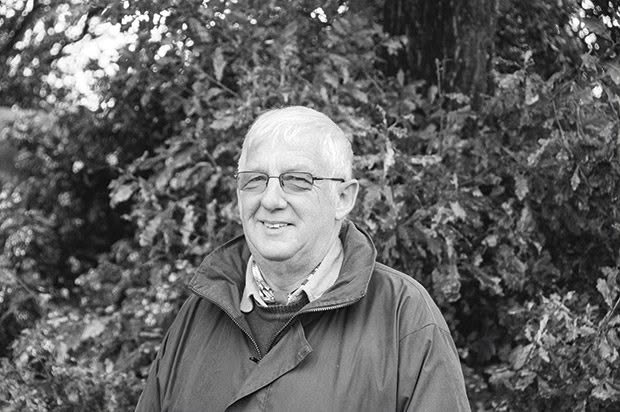
Who: Bob & Ann Phillips
Where: Nelson
Why: to enjoy working and living off our property
Land: 4371m² (1 acre)
Bob and Ann’s seaside block is small but they still have a ‘fruit salad’ garden of vegetables, herbs, flowers, vines and bushes, and over 200 food-producing trees.
Bob is a former president of the NZ Tree Crops Association. Since 2003, he and Ann have trialed macadamia and almond cultivars, to see what works – and what doesn’t – in Nelson’s climate. Their findings have been passed on to local nurseries.
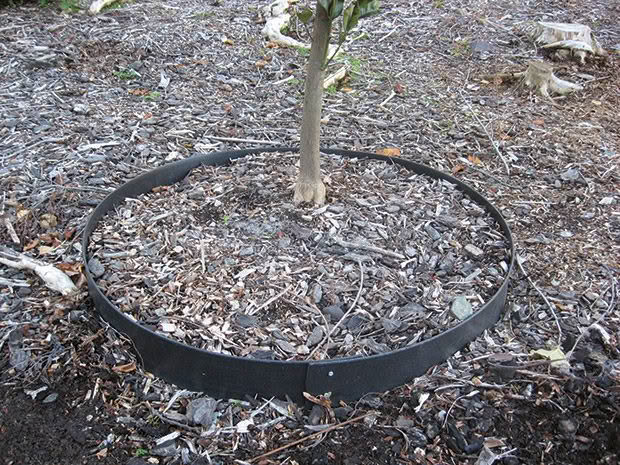
The key to running such a large number of plants and trees is organisation.
“Use plastic garden edging for lawns,” says Bob. “Cut it, circle your trees and use cable ties to join. You can spray or mulch inside it and weed eat right up to it. It’s brilliant, simple and cheap. We also use it in our greenhouse for our tomato plants.”
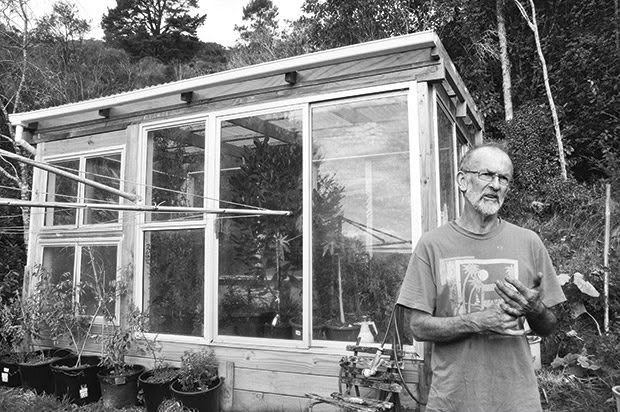
Who: Eric & Annette Cairns
Where: Mangaroa Valley, Upper Hutt
Why: To live in the country, but still work in town
Land: 8ha (20 acres) of steep hill country, planted in mixed forest and orchards
Eric Cairns is a legend in the NZ Tree Crops Association for his work in forestry and fig-growing. “I’m nearly 70, but (our block) is still my pilot plant, my sandpit and my research project.”
One of the couple’s ambitions was a woodlot to help with retirement income. This evolved into a study of Continuous Cover Forestry (CCF), where individual trees can be harvested as they mature, instead of taking out a large stand all at once.
“(CCF) is designed to mimic natural systems and retain species diversity (mixed age and mixed species all in the same stands).”

Eucalypts make Eric’s list of ideal trees for small stands.
The problem with growing trees is it’s slow work. “I wanted to harvest timber within my lifetime, so I experimented with mixtures of Australian and North American species which can mature in less than 40 years.
“My forests have good numbers of pruned kauri, totara, puriri, rewarewa, rimu, and even beech tucked into gullies and forest edges.”
The pine species are now ready to harvest but finding someone to do the work on the Cairns’ steep block, without damaging other trees, is a problem.
“It is simply not feasible to find a contractor to selectively harvest the larger stems and allow the rest to grow on. Some pines and gums are up to 80-90cm diameter and big trees need more space to fell.
“This intensive, small-scale, mixed age, mixed species operation on steeper land is not practical to selectively harvest.
There are high setup costs, and you need heavy machinery to cope with logs that weigh several tons. To make any profit, we must carry out a one-hit harvest to recover as much heavy timber as possible.”
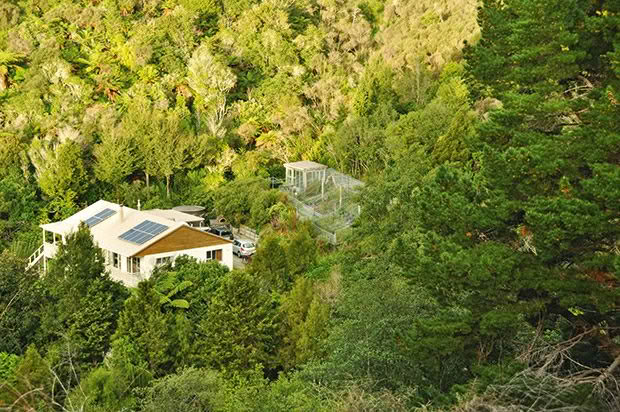
Eric and Annette’s home in the midst of what Eric calls his “sandpit and research project.”
Eric has learned what works, and what doesn’t, for his block. “From a purely economic sense, it’s hard to go past radiata pine, but this is not what I plan to replant.”
Eric’s shortlist of ideal trees for small stands that suit his steep site:
• durable stringybark eucalypts (E. microcorys, E. muelleriana, and others)
• native species, including totara
• host trees for edible mushrooms like suillus and bolete species under pine nuts, oak, larch, Douglas fir and birches
He also loves oaks, but the perfect oak – one with heavy yields of large edible acorns, fast-growing, good milling timber, autumn colour, resistance to browsing animals and puriri moth – doesn’t exist. Eric says he’ll plant a mix instead.
“Perhaps Quercus robur hybrids for timber and acorns; Q. ilex/rotundifolia for acorns; Q. rubra or Q. shumardii for autumn colour and timber; and Q. imbricaria and some fast-growing Mexican oaks for timber.”
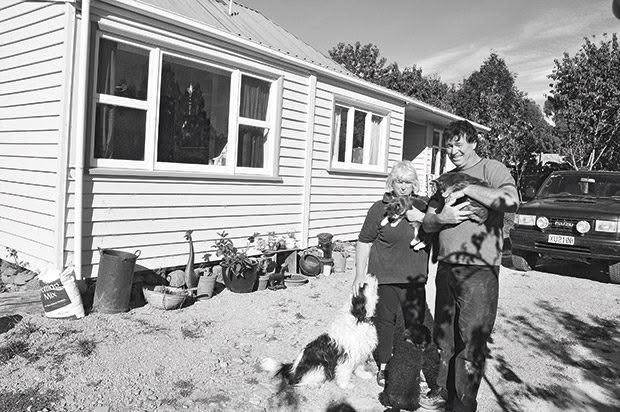
Who: Brett Dean
Where: Fairlie, 50km north-west of Timaru
Why: To house our horses
Land: 4ha of river flats
“Everything takes time or money. You get out of your land what you put into it. Nothing is free: you can pay for it or work for it but either way it costs.
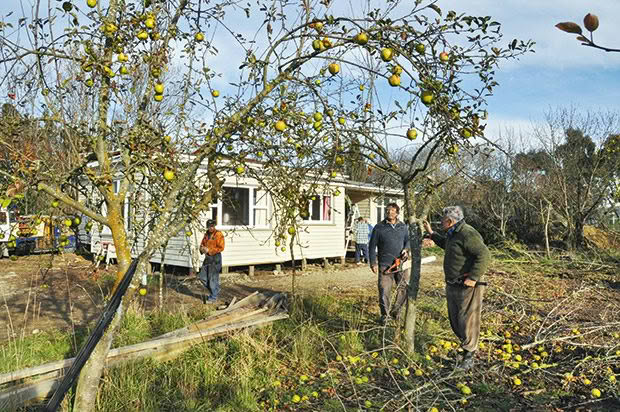
“You can save the seed and grow the vegetables, chop the firewood and build it yourself, but this all takes time.
“Instead of life being cash-based, it becomes labour-based and you end up swapping what you have, or can do with others in similar lifestyles.

“You need to enjoy the doing of it.”
SHERYN’S ADVICE
Sometimes, it is efficient and cost-effective to pay a professional to do a job.
Other times, there is immense satisfaction in working something out and doing it for yourself. That is what living on the land is all about.
However, don’t underestimate the value of your time. Be realistic about the limitations of what you can get done in a day.
Love this story? Subscribe now!
 This article first appeared in NZ Lifestyle Block Magazine.
This article first appeared in NZ Lifestyle Block Magazine.
